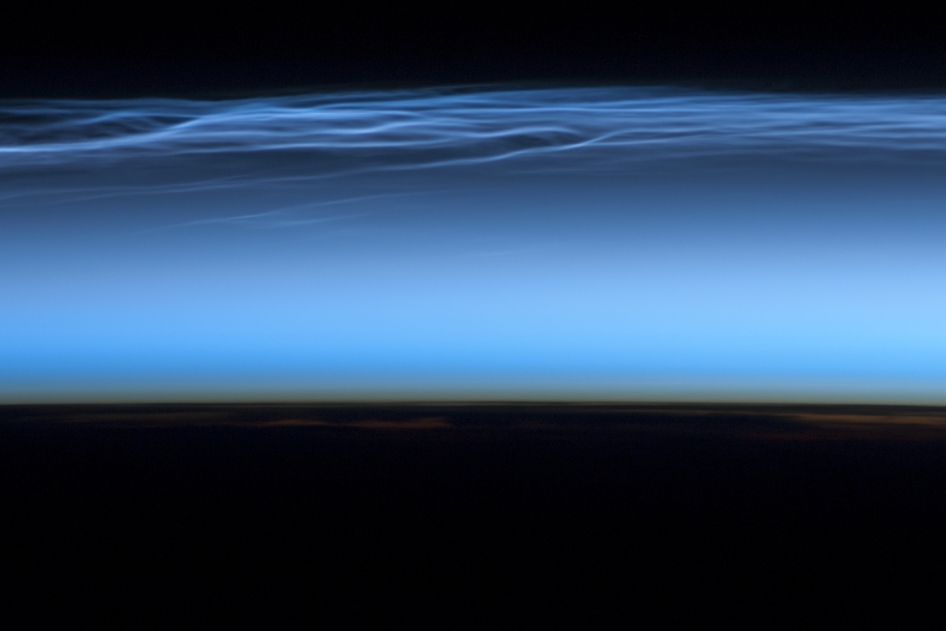
[ad_1]
Look up an hour or two after sunset and before sunrise over the next few months and you may see ethereal blue, silver or golden streaks in the Northern Hemisphere’s northern skies.
Called noctilucent clouds (meaning “night-shining” clouds in Latin)) or NLCs, these strange-looking patterns in the sky are the highest, driest, coldest and rarest clouds on Earth, according to a 2018 study of the phenomenon.
These shimmering, night-shining clouds appear in the mesosphere — a layer of Earth’s atmosphere above the stratosphere and below the thermosphere, about 47 to 53 miles (76 to 85 kilometers) above Earth’s surface. Sometimes dubbed “space clouds,” NLCs form just below the invisible boundary where Earth’s atmosphere ends and outer space begins, roughly 62 miles (100 km) above the planet’s surface, according to NASA.
Related: How much does a cloud weigh?
NLCs occur when water vapor freezes into ice crystals that cling to dust and particles left by falling meteors high in the atmosphere, which reflect sunlight. The peak season for observing NLCs from the Northern Hemisphere is around the summer solstice in late June through the end of July, when they’re most easily visible from about 50 to 70 degrees north latitude, according to Windy. However, some NLCs have already been spotted this month in colder, northern regions like Denmark, according to Spaceweather.com.

NLC sightings were at a 15-year high last summer, according to the Washington Post. Sightings have become more frequent in recent years and at lower latitudes, possibly because climate change generates more water vapor in the atmosphere as a result of increased atmospheric methane, according to NOAA.
For the best chance to see some NLCs in the evening, you’ll need a good view low to the northern horizon as the stars begin to shine in late twilight. It’s typical to see displays in the bottom 20 to 25 degrees of the northern sky, according to Sky & Telescope. Naked eye viewing is the best way to find noctilucent clouds, but with a pair of the best binoculars for stargazing, you’ll get a fabulous close-up of the structure of one of the summer’s most elusive and impressive sky sights.
[ad_2]